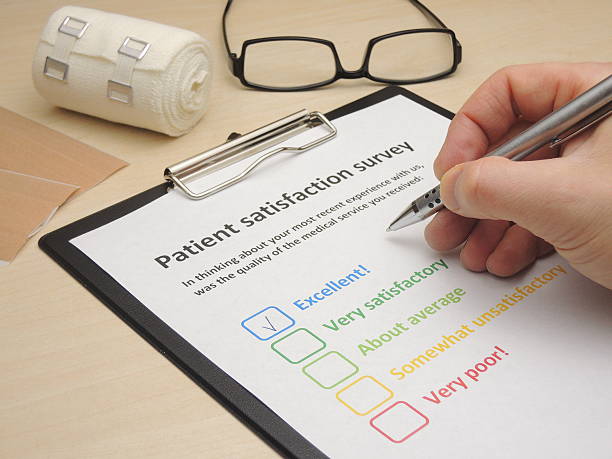Patient Experience Excellence: C-suite Strategies for Hospital Reputation

Patient Experience Excellence: C-suite Strategies for Hospital Reputation
Introduction
In the competitive landscape of healthcare, the patient experience is a paradigm factor in determining a hospital’s reputation and success. As we move into 2024, C-suite executives must prioritize enhancing the patient experience to not only meet but exceed patient expectations. This blog explores effective strategies that healthcare leaders can implement to elevate patient satisfaction and, in turn, enhance their institution’s reputation.
Understanding the Importance of Patient Experience
A positive patient experience encompasses all interactions that patients have within the healthcare system, including their care from doctors, nurses, hospital staff, and even the billing department. These experiences can significantly influence patient outcomes, their likelihood to return or recommend the hospital, and their overall perception of the care they receive.
Strategies for Enhancing Patient Experience:
- Foster a Patient-Centered Culture:
- Encourage all staff to adopt a patient-first attitude, where every interaction is conducted with the utmost respect, empathy, and professionalism.
- Implement training programs that emphasize communication skills, cultural competence, and patient engagement techniques.
- Streamline Processes and Reduce Wait Times:
- Utilize technology to streamline appointment scheduling, check-ins, and billing to minimize wait times and administrative burdens on patients.
- Regularly review and optimize operational workflows to ensure efficiency while maintaining high standards of care.
- Enhance Communication and Transparency:
- Ensure that all medical information is communicated clearly and compassionately, allowing patients to make informed decisions about their care.
- Develop and maintain clear channels for patients to provide feedback and feel heard, whether through surveys, suggestion boxes, or patient advocacy representatives.
- Invest in Facility and Technological Improvements:
- Regularly update hospital facilities to ensure they are clean, comfortable, and aesthetically pleasing, contributing to a more positive patient environment.
- Adopt cutting-edge medical technologies that improve diagnostic accuracy, treatment effectiveness, and overall patient safety.
- Measure and Analyze Patient Satisfaction:
- Implement robust systems for measuring patient satisfaction, using tools like NPS (Net Promoter Score) or HCAHPS (Hospital Consumer Assessment of Healthcare Providers and Systems) surveys.
- Analyze this data to identify trends, areas for improvement, and to track the impact of changes made.
- Address Emotional and Mental Well-being:
- Integrate services that support the emotional and psychological needs of patients, such as counseling, support groups, and wellness programs.
- Ensure staff are trained to recognize signs of emotional or mental distress and know how to respond appropriately.
Challenges in Improving Patient Experience:
- Resource Allocation: Balancing financial investments in patient experience initiatives with other operational needs can be challenging.
- Staff Buy-in: Ensuring that all staff, from top surgeons to administrative personnel, buy into patient-centered changes is crucial for success.
- Maintaining Consistency: Delivering a consistently high-quality patient experience across all departments and services can be difficult, especially in larger healthcare institutions.
Conclusion
Improving patient experience is a strategic imperative that requires commitment from the highest levels of hospital management. By implementing these strategies, C-suite executives can significantly enhance patient satisfaction, thereby improving their hospital’s reputation and competitive edge in the healthcare market.
Call to Action
Healthcare leaders are encouraged to conduct a thorough review of their current patient experience strategies and consider areas where enhancements can be made. Engaging staff at all levels in these improvements is crucial to ensure that changes are embraced and effectively implemented.



